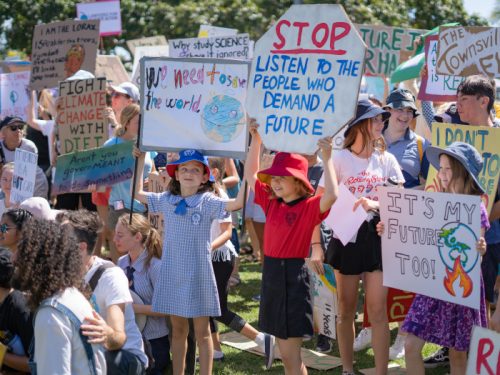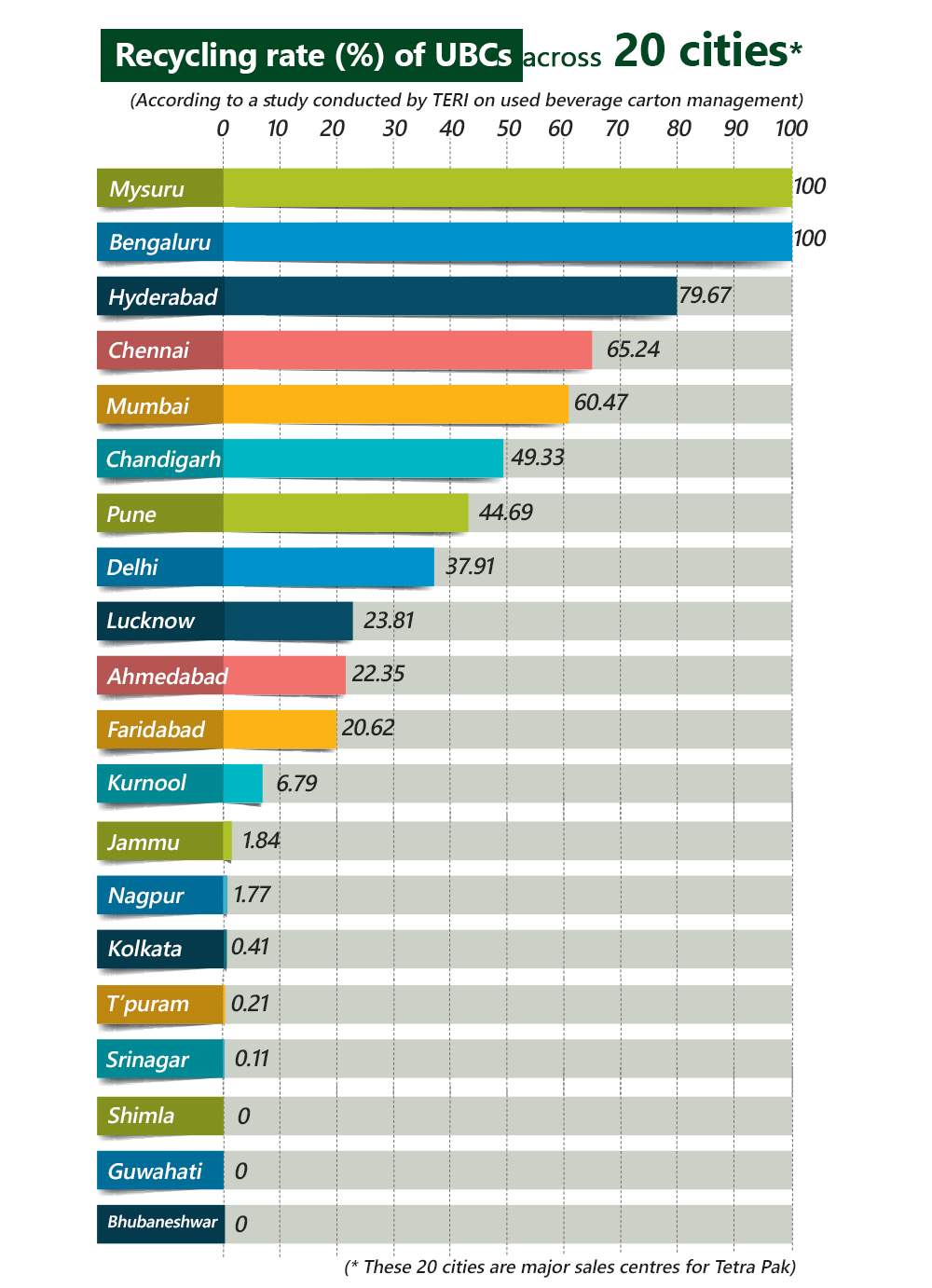
The authors combined a dynamic life-cycle assessment framework with an Integrated Assessment Model (IAM), estimating that emissions associated with power plants would lead to 82 GtCO 2eq of cumulative emissions from 2010 to 2050. 21 who used a dynamic approach to estimate the energy requirements and emissions for the construction, operation, and maintenance of power plants. Life-cycle assessment has rarely been used in a dynamic analysis where the impacts of technologies change over time, or to assess the cumulative impacts of decarbonising the entire global energy system.Ī notable exception is a study by Pehl et al. However, life-cycle studies typically only estimate the impacts of present-day energy technologies applied to a particular case study 18, 19, 20. Recent studies, however, find the hypothesis of lower energy availability might be exaggerated due to overestimating the EROI of fossil fuels 14, 15 and underestimating improvements in the EROI of renewable energy technologies 16, 17.Īlongside EROI, life-cycle assessment is another accounting technique that has been used to quantify climate change impacts from different energy generation technologies.

The energy required for the transition might push society into an “energy–emissions trap”, where achieving ambitious climate mitigation could lead to a period of reduced energy availability 11, 12, and at the same time, also consume a large share of the remaining carbon budget 13. Lower EROI implies less energy delivered to society relative to the energy required to supply the energy, leading these studies to conclude that a low-carbon energy transition may result in less energy available to society. Some studies suggest that renewables have a lower energy return on energy invested (EROI) compared to the current energy system 9, 10. Moreover, since the global energy supply is currently derived mostly from fossil fuels, the transition itself may become a source of significant emissions 7, 8. This is an important gap in knowledge, as previous research suggests that rapid growth of low-carbon infrastructure could use a substantial amount of the global energy supply 5, 6. However, at present, there is no estimate of how much energy would be needed to build and maintain a low-carbon energy system, or what amount of greenhouse gas emissions would be associated with such a transition 2, 3, 4. The report provides a range of low-carbon energy pathways compatible with limiting global warming to 1.5 ☌. The IPCC’s Special Report on Global Warming of 1.5 ☌ concludes that we can still meet the 1.5 ☌ target and that by doing so, we would reduce climate impacts and limit the risk of exceeding the tipping points of the climate system 1. The share of carbon emissions for the energy system will increase from 10% today to 27% in 2050, and in some cases may take up all remaining emissions available to society under 1.5 ☌ pathways.

Moreover, we find that the carbon emissions associated with the transition to a low-carbon energy system are substantial, ranging from 70 to 395 GtCO 2 (with a cross-scenario average of 195 GtCO 2). We find that the initial push for a transition is likely to cause a 10–34% decline in net energy available to society. Here we calculate the energy requirements and emissions associated with the global energy system in fourteen mitigation pathways compatible with 1.5 ☌ of warming. This raises the concern that the transition may consume much of the energy available to society, and be a source of considerable emissions.

However, constructing, operating, and maintaining a low-carbon energy system will itself require energy, with much of it derived from fossil fuels.

Achieving the Paris Agreement will require massive deployment of low-carbon energy.


 0 kommentar(er)
0 kommentar(er)
